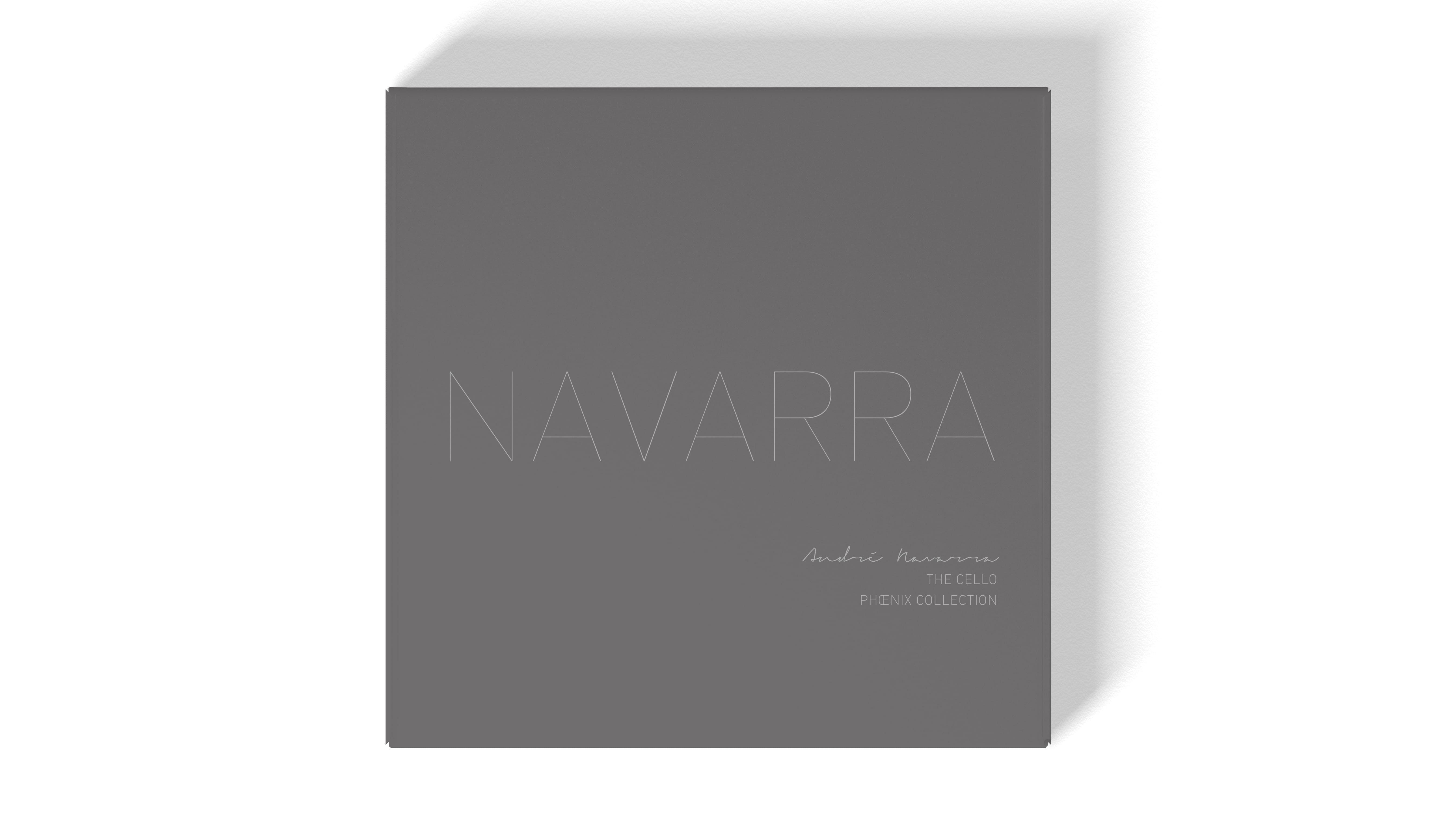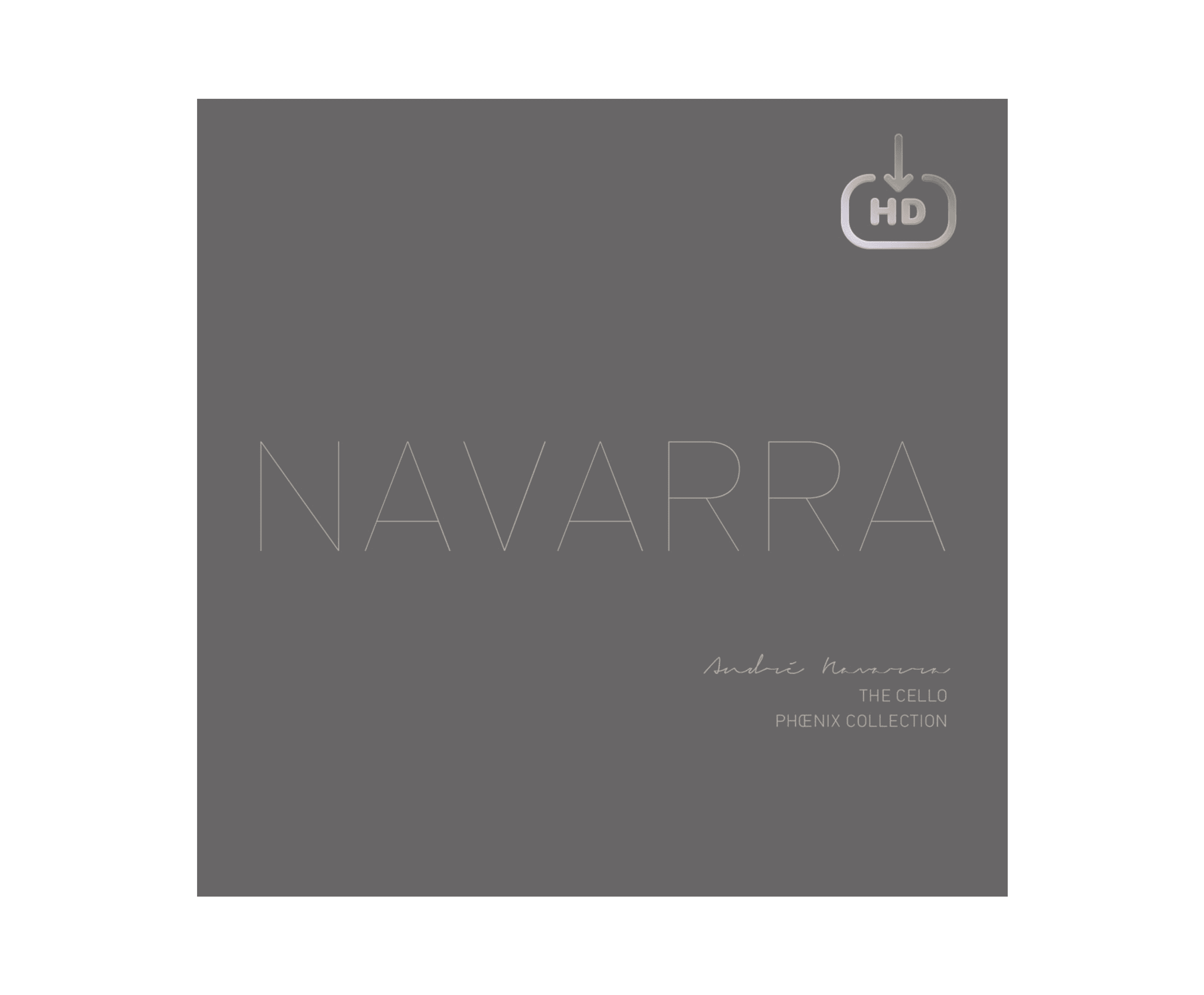ANDRÉ NAVARRA
The cello
Inscrivez-vous à notre newsletter pour être informé des nouveautés.
La naissance d'un talent pas comme les autres
C'est à Biarritz qu'André Navarra est né le 13 octobre 1911. Très tôt, il entretient un rapport spécial avec la musique, lui-même venant d'une famille de musiciens. À l'âge de sept ans, il commence à étudier le chant ainsi que le violoncelle. À neuf ans seulement, il est admis comme élève au Conservatoire de Toulouse, d'où il sort avec le premier prix en 1924. Il étudie ensuite pendant deux autres années au Conservatoire de Paris, où il obtient le premier prix à seulement quinze ans.

Une éclosion précoce
En 1929, André Navarra rejoint le Quatuor à cordes Kretly, avec lequel il s'est produit pendant les sept années suivantes. Il fait ses débuts de soliste avec l'Orchestre Colonne à Paris en 1931, où il interprète le Concerto de Lalo. En 1933, il devient violoncelle solo de l'Orchestre du Grand Opéra. Il se produit en tant que soliste avec divers orchestres européens. Après la guerre, il continue à donner des concerts et fait le tour du monde, jouant avec les grands chefs d'orchestre de l'époque. Son enregistrement du concerto d'Edward Elgar avec John Barbirolli et l'orchestre Hallé est considéré comme un classique.

André Navarra était un professeur renommé de violoncelle au Conservatoire de Paris et à l'Académie de musique d'Allemagne du Nord-Ouest. Il a également enseigné à Sienne, Londres et Vienne. Nombre de ses élèves sont devenus des violoncellistes célèbres, comme Heinrich Schiff, Johannes Goritsky et Susan Sheppard. Une série d'enregistrements du label français Calliope a été publiée et on y trouve du bon jeu comme des suites de Bach, de Camille Saint-Saëns ou encore de Schubert. Il a également produit des LP pour le label Capitol dans les années 1950. Le label français Dante a sorti quatre très bons disques des années 1940.

